There can be your advertisement
300x150
Can Bamboo Flooring Be Refinished?
If we talk about the most economical and environmentally friendly material for floors, bamboo will be first among them. Due to its high strength, water resistance and moisture resistance, bamboo has become a popular choice for modern floors.
Proper maintenance of bamboo flooring can extend its service life. However, for some people bamboo is a new phenomenon, so they often remain confused when thinking about refinishing bamboo flooring. So, can you refinish bamboo flooring?
The answer is absolutely yes. But how to refinish bamboo flooring? Read our article. Here we will tell you all the facts related to the process of refinishing bamboo flooring.
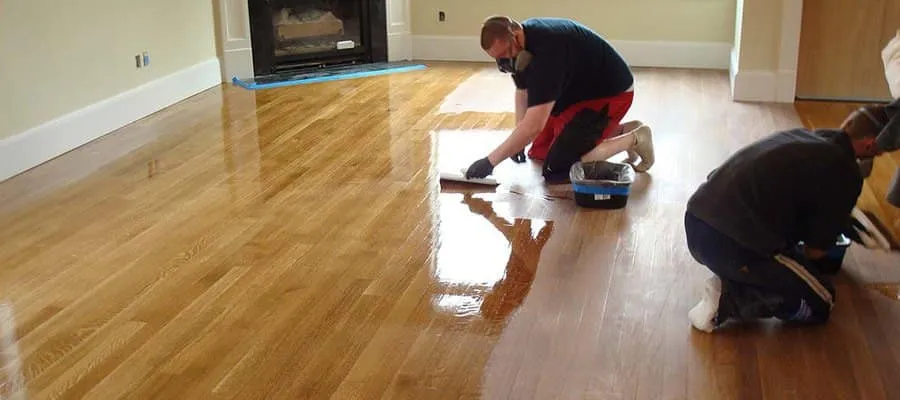
Can Bamboo Flooring Be Refinished? - How to Do It
You can hire a professional or do the job yourself. It all depends on your budget or personal preferences. However, regardless of whether you hire a professional or do it yourself, it's better to know how to refinish bamboo flooring.
So, let's move on to the most effective and well-known process of refinishing bamboo flooring.
Necessary tools and equipment:
Before we tell you about the entire process, you need to prepare a necessary set of tools which includes:
- Sanding paper
- Block sander
- Floor edger
- Buffing machine
- Plastic sheeting
- Floor drum sander
- Sanding screen with 120 grit
- Water-based polyurethane floor primer
- Water-based polyurethane floor coating
- Measuring tape
- Stationary vacuum cleaner
- Adhesive sponge
- Floor coating spreader
How to Refinish Bamboo Flooring: Step-by-Step Process
We have structured the entire process into several stages to make it more understandable. Be attentive at each stage, as each subsequent one depends on the previous one.
Stage 1: Floor Preparation
First, you need to prepare the floor that you want to refinish. For this, you should isolate furniture that may interfere with the process. After the room is isolated, it's better to close the door and leave the window open.
This will allow sufficient air exchange in the room, keeping dust in one place. If you have shelves or suspended items, they can be wrapped with plastic sheeting.
Remember that refinishing bamboo flooring will make the room dustier than you might imagine. Therefore, wear protective glasses, work clothes and a mask.
Stage 2: Removing Old Finish
This is also part of the preparation. However, to perform this stage you will need a sander. Here you should use a floor sander to remove the remaining old finish. At this stage, you will need a drum sander for floors and several sheets of sandpaper.
The sander should have medium grit (e.g. 60) so you can apply even pressure to remove the finish. Also, place the sander at a slight angle in the direction of the fibers. This will make your refinishing process easier.
Stage 3: Removing Light Scratches
Scratches can affect the appearance of refinished bamboo flooring. Therefore, you should identify scratches and remove them. For this, carefully sweep the floor and wipe the surface with a soft cleaner.
At this stage, you should use fine-grit sandpaper. Such paper is more effective for removing scratches from bamboo flooring. If you notice dirt, dust or other particles on the floor, remove them with a powerful vacuum cleaner.
Stage 4: Refinishing Deep Dents
If you see deep scratches or dents on the floor, refinish them with a good wood filler. Make sure that the filler matches the texture of bamboo flooring. Apply the filler and level it after a few minutes. Remove excess filler for a smooth surface. When the filler is completely dry, sand it again using fine-grit sandpaper.
Stage 5: Staining
In most cases, we notice areas where the color is much lighter than adjacent ones. If you also noticed this, stain that area to even out the floor color. The stain can be light or dark depending on the difference. However, it's best to apply a light layer of stain over the entire floor.
Stage 7: Buffing
Before moving to the next stage, you'll need to buff the floor. For this, you should use a buffing machine that you prepared earlier. You'll also need a 120-grit sanding screen for the buffing process.
Stage 6: Choosing Desired Finish
Now it's time to apply the new finish. After the new finish dries, use a quality primer such as polyurethane to protect the floor. Polyurethane has excellent scratch resistance due to its strength.
Therefore, this material is more suitable for protecting the floor from further damage. After applying the primer wait for it to dry. Then you can apply a second coat for a denser finish.
Types of Bamboo Flooring That Can Be Refinished
As a natural material, bamboo has various fiber directions and other characteristics. Moreover, the design of a specific floor can change its appearance. At the same time, this may determine whether you need to refinish the floor or not.
There are many well-known companies offering three main types of bamboo flooring. Therefore, it's better to choose one of them when you think about refinishing existing flooring. It is important to check whether the floor is solid or glued, carbonized or natural.
Horizontal Bamboo Flooring
Horizontal bamboo flooring is considered the most preferred type of bamboo floor today. Many homeowners choose this type of bamboo flooring as a priority when thinking about refinishing bamboo flooring. In this type of floor, all stems are glued horizontally to form a board.
Vertical Bamboo Flooring
Vertical bamboo flooring is characterized by a narrow fiber pattern. The main difference between vertical and horizontal bamboo flooring lies in the way the stems are glued together. In vertical bamboo flooring all stems are glued vertically.
Fiber-Woven Bamboo Flooring
Fiber-woven bamboo flooring is quite unique compared to the previous two types of floors. In this type of floor there are no strips. Rather, fiber-woven bamboo flooring consists of tiny stems that are cut into fibers and glued together.
This combination is pressed together to create blocks using heat and pressure. Due to its construction, it becomes even stronger than standard wooden flooring. This type of floor has twice the strength on the Janka scale.
Frequently Asked Questions
How much does it cost to refinish bamboo flooring?
Refinishing bamboo flooring is almost similar to regular wood floor refinishing. Therefore, the price is also about the same. You may need around $3 per square foot when using professionals.
Can bamboo flooring be painted?
Yes, bamboo flooring can be painted. However, the absorption rate of bamboo is uneven. Therefore, you should be more careful when applying even paint.
Conclusion
Can Bamboo Flooring Be Refinished? You've probably already received the answer. Before finishing our article, we have a small suggestion.
If you are not an expert in DIY, it's better to hire professionals for refinishing bamboo flooring. Have a good day, friend! Adios!
More articles:
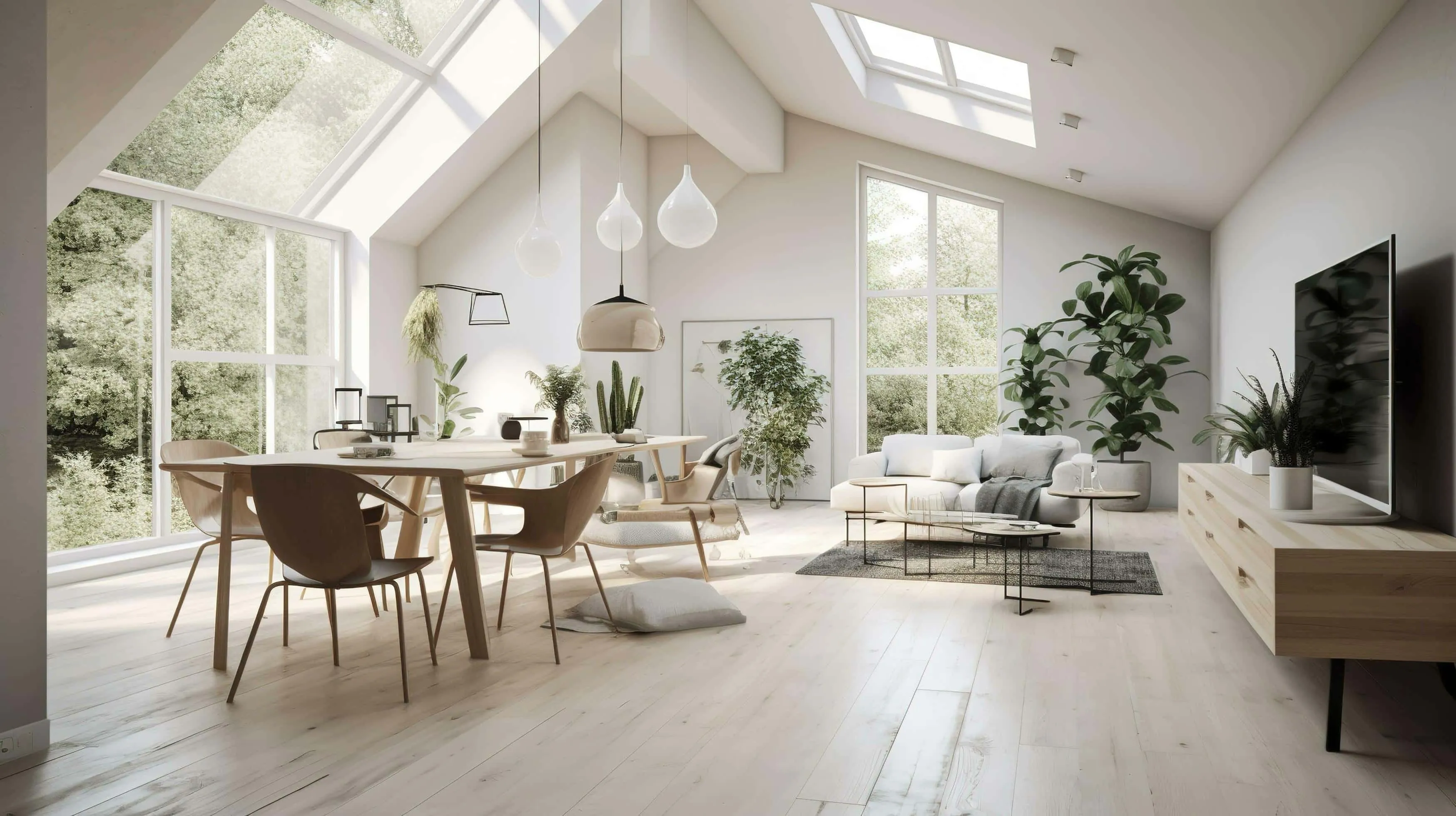 Home Lighting: How Natural Light Transforms Your Home
Home Lighting: How Natural Light Transforms Your Home DIAMOND IDEAS FOR CLEANING AND PREPARING YOUR HOME FOR CHRISTMAS
DIAMOND IDEAS FOR CLEANING AND PREPARING YOUR HOME FOR CHRISTMAS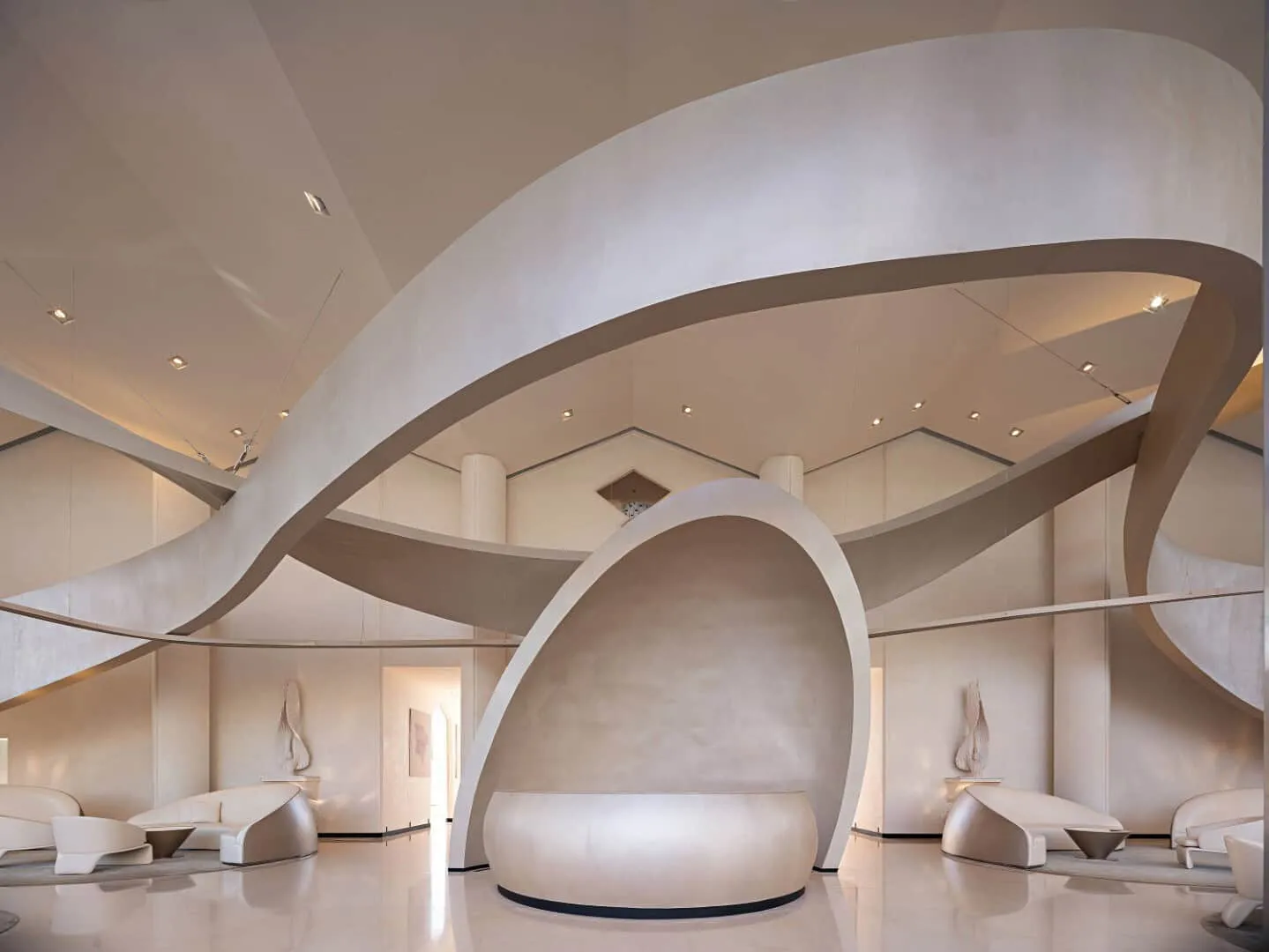 Magnificent View, Developed by China Real Estate and Investment Company in Shijiazhuang
Magnificent View, Developed by China Real Estate and Investment Company in Shijiazhuang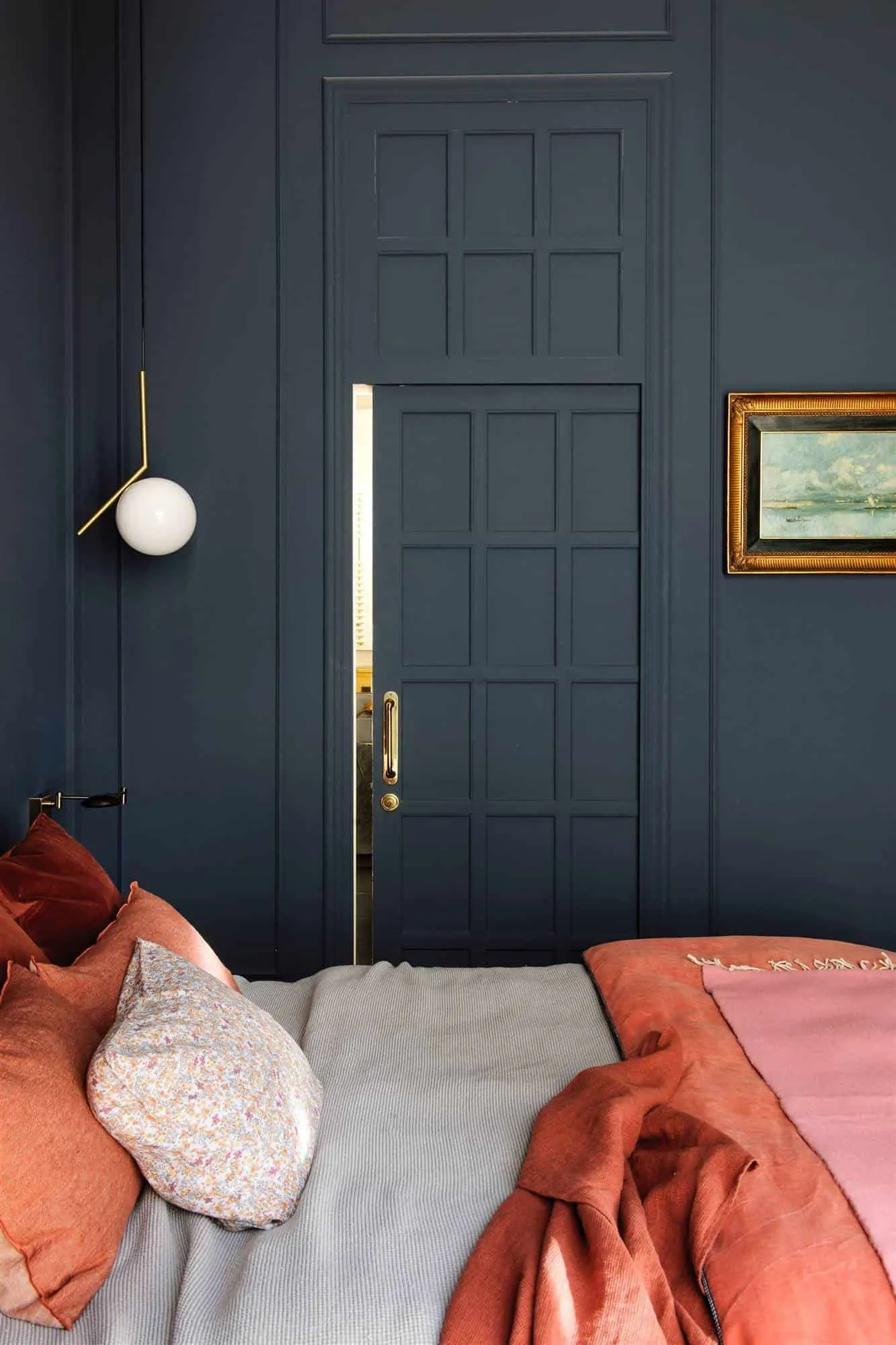 Inspiring Ideas for Replacing Old Interior Doors with New Ones
Inspiring Ideas for Replacing Old Interior Doors with New Ones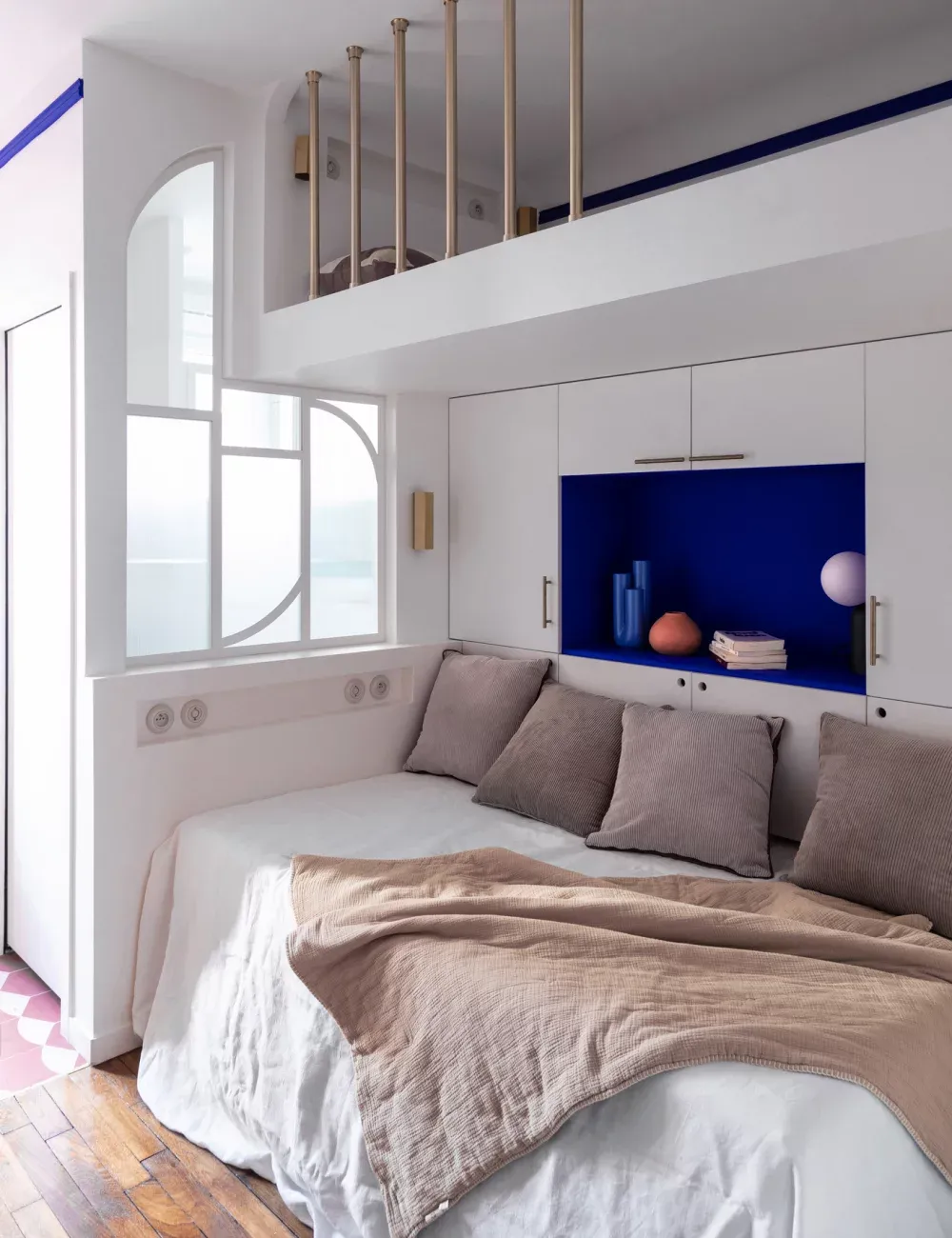 Breathtaking Ideas for Designing a Wardrobe in Your Studio
Breathtaking Ideas for Designing a Wardrobe in Your Studio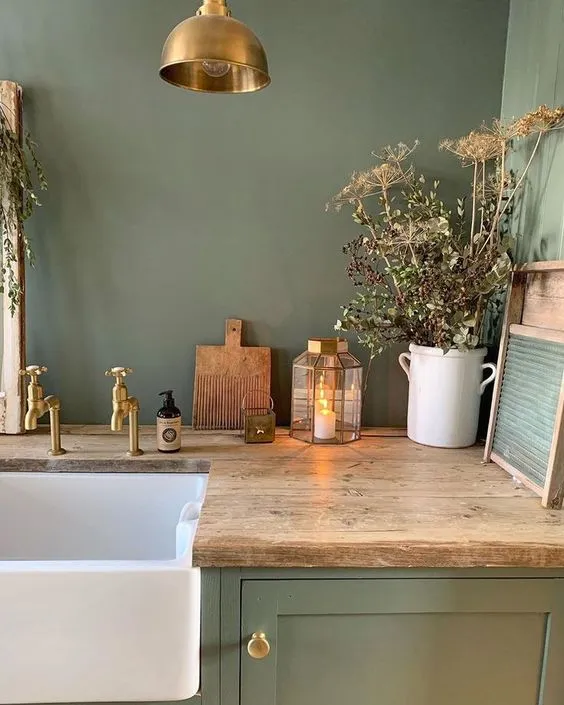 Inspiring Green Kitchen Designs That Will Inspire Your Next Renovation
Inspiring Green Kitchen Designs That Will Inspire Your Next Renovation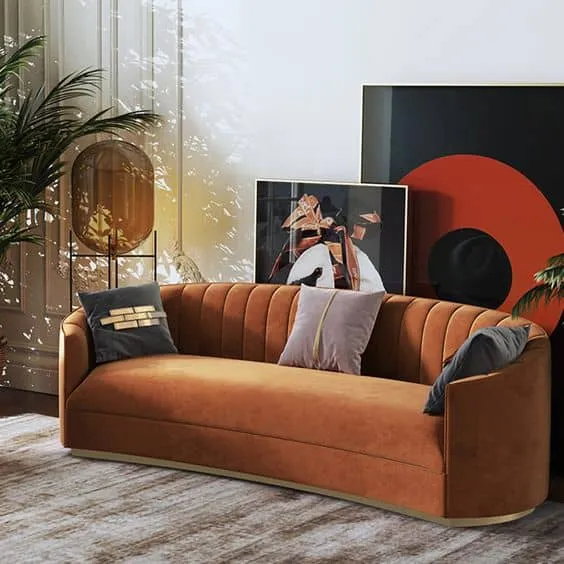 Bring Back the Groovy Era: Top Decor Ideas for a 70s Living Room
Bring Back the Groovy Era: Top Decor Ideas for a 70s Living Room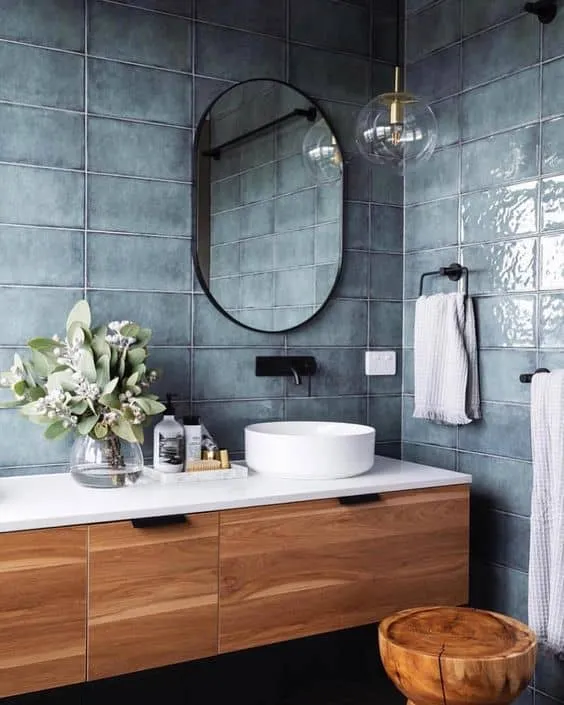 Add Sky Tones of White and Blue to Your Bathroom Decor
Add Sky Tones of White and Blue to Your Bathroom Decor